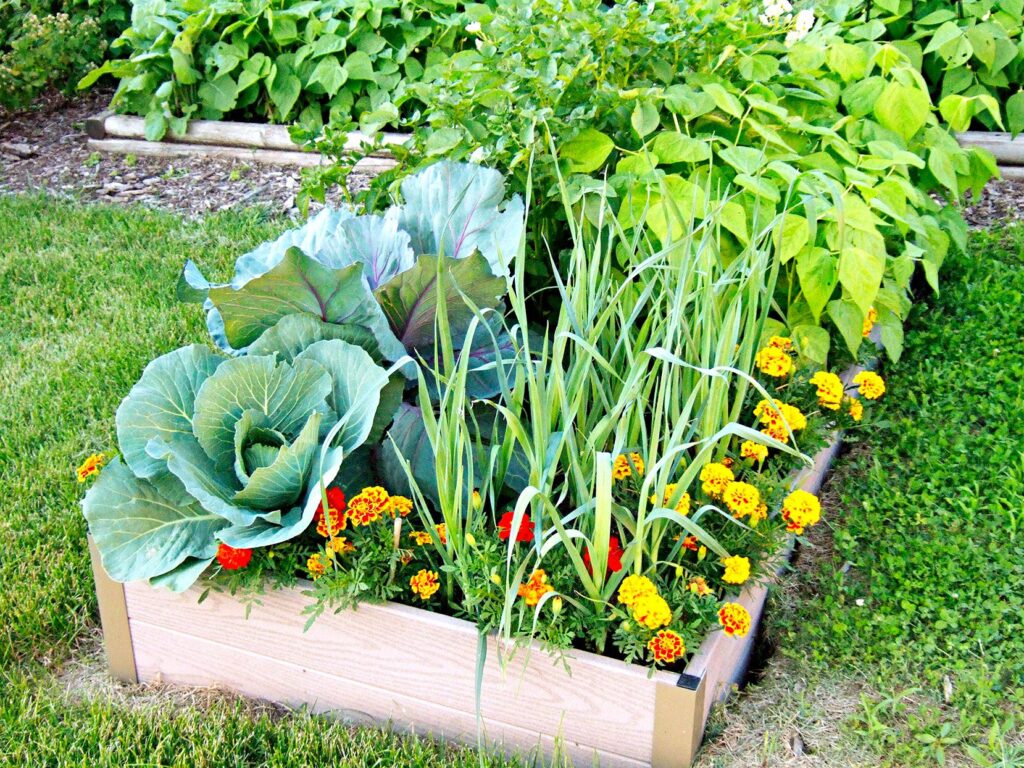Growing your own food is a rewarding experience that offers numerous benefits. This article provides an overview of how to start an edible garden, from choosing the right plants to maintaining a productive harvest. We cover vegetables, fruits, and herbs, offering tips on planting, care, and harvesting. With our guide, you’ll be enjoying fresh, homegrown produce in no time. Growing an edible garden can be a fun and educational experience for the whole family.
Choosing the right plants for your edible garden depends on your climate, available space, and personal preferences. Some easy-to-grow vegetables include lettuce, tomatoes, and cucumbers. Fruit trees and berry bushes can provide a bountiful harvest, while herbs like basil, parsley, and thyme add flavor to your meals. Consider the mature size of each plant and plan your garden layout accordingly.
Preparing your soil is a crucial step in growing a successful edible garden. Test your soil pH and nutrient levels to determine its needs. Most vegetables and fruits prefer a slightly acidic to neutral soil pH between 6.0 and 7.0. Adding compost and other organic amendments can improve soil structure and fertility. Ensure your soil is well-draining to prevent waterlogging and root rot.
Planting your edible garden requires careful planning and timing. Cool-season crops like lettuce, spinach, and peas should be planted in early spring or late summer, while warm-season crops like tomatoes, peppers, and cucumbers thrive in the summer heat. Follow the planting instructions on seed packets or plant tags for the best results. Consider succession planting to maximize your harvest throughout the growing season.
Caring for your edible garden involves regular watering, fertilizing, and pest management. Most vegetables and fruits require consistent moisture, especially during fruiting. Apply a balanced fertilizer to support plant growth and productivity. Keep an eye out for pests and diseases, and use organic or chemical controls as needed. Regularly harvesting your crops encourages continued production and prevents plants from becoming stressed.
Harvesting your edible garden is the most rewarding part of the process. Pick vegetables and fruits at their peak ripeness for the best flavor and nutritional value. Herbs can be harvested as needed throughout the growing season. Preserve excess harvest by canning, freezing, or dehydrating to enjoy your homegrown produce year-round. Growing your own food not only saves you money but also provides a sense of accomplishment and connection to nature.

